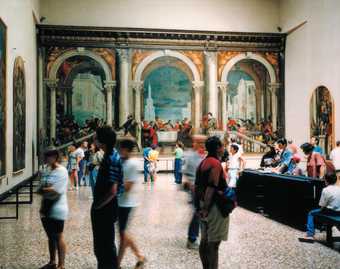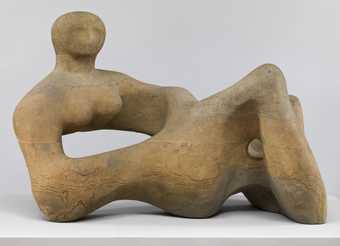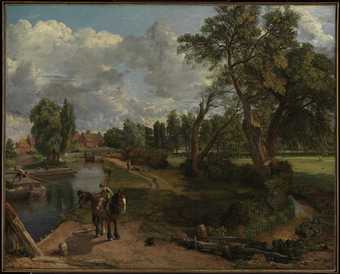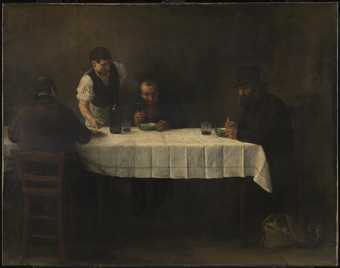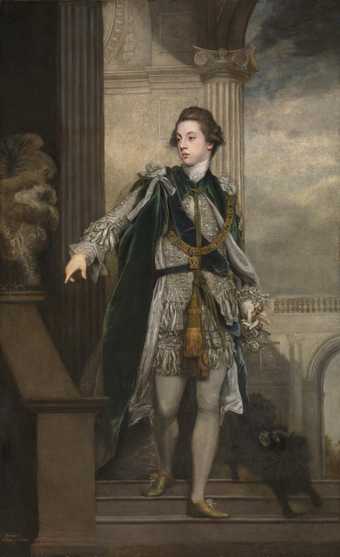
Gavin Hamilton
Agrippina Landing at Brindisium with the Ashes of Germanicus (1765–72)
Tate
The first art academies appeared in Italy at the time of the Renaissance. They were groupings of artists whose aim was to improve the social and professional standing of artists, as well as to provide teaching. To this end they sought where possible to have a royal or princely patron. Previously, painters and sculptors had been organised in guilds, and were considered mere artisans or craftsmen.
Academies became widespread by the seventeenth century, when they also began to organise group exhibitions of their members’ work. This was a crucial innovation, since for the first time it provided a market place, and began to some extent to free artists from the restrictions of direct royal, church, or private patronage. The most powerful of the academies was the French Académie Royale de Peinture et de Sculpture, established in 1648 and housed in the Palais du Louvre in Paris. The Académie began holding exhibitions in 1663 and opened these to the public from 1673. After the French Revolution the name was changed to plain Académie des Beaux-Arts. The London Royal Academy was founded in 1768 with Joshua Reynolds (later Sir Joshua) as its first president.
By the mid nineteenth century the academies had become highly conservative and by their monopoly of major exhibitions resisted the rising tide of innovation in naturalism, realism, impressionism and their successors. The result was that alternative exhibiting societies were established and private commercial art galleries began to appear (see salon). The academies were bypassed and the term academic art now has the negative connotation of conservative or old-fashioned.

